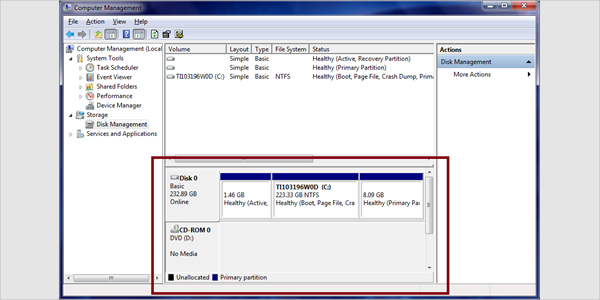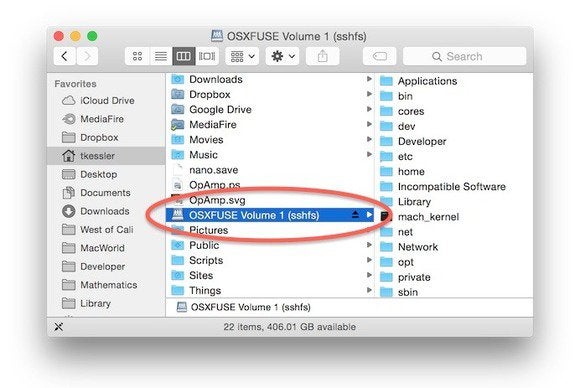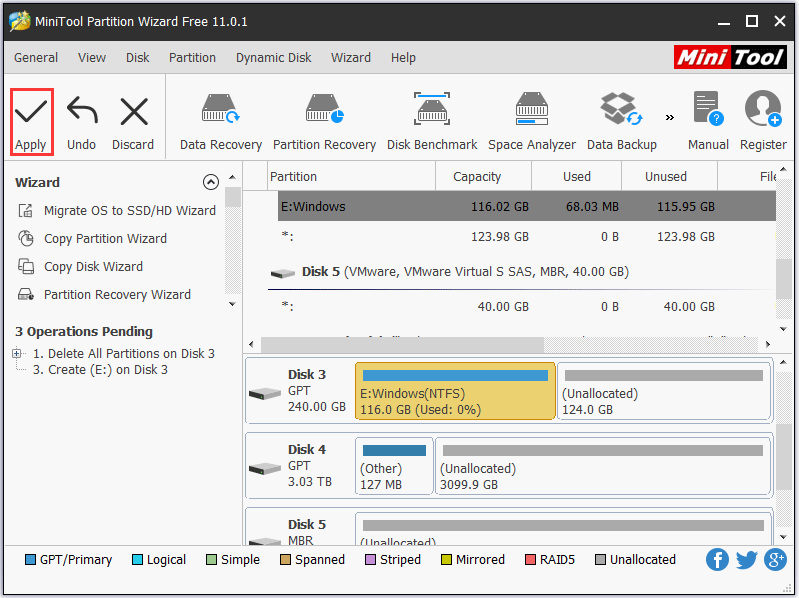

- #Ntfs or fat32 for mac for mac os
- #Ntfs or fat32 for mac update
- #Ntfs or fat32 for mac full
- #Ntfs or fat32 for mac android
- #Ntfs or fat32 for mac windows
Differences between FAT32, exFAT, and NTFS That is a severe space loss, which limits your storage space using. As Microsoft indicates, the NTFS file system will occupy more than 4MB of drive space on a 100 MB partition. Space overhead is the storage space on a drive that's exclusive for file systems and cannot be used for data storing. It's not friendly for cross-platform users.
#Ntfs or fat32 for mac for mac os
But for Mac OS computers, NTFS can still only be mounted in reading mode even now.
#Ntfs or fat32 for mac windows
And this file system also does not support certain specific characters in file naming, such as ?,, *, etc.ĭesigned and developed by Microsoft, NTFS is the default file system for Windows over the years. That is to say, NTFS will recognize a file named NTFS.doc and ntfs.doc as the same file. The NTFS file system is not case-sensitive. That allows an extended-length path of approximately 32,767 characters.Īpart from the features mentioned above, NTFS also has other features. In terms of supporting extended-length paths, there are Unicode versions enable in numerous Windows AP. It stores an 8.3 alias on disk, offering high compatibility with file systems that set an 8.3 limit on file names and extensions. The NTFS file system allows long files names. The volume sizes vary from the cluster size and the number of clusters, just as shown below.įor example, in a 4 KB cluster, the largest volume and file size is 16TB. On Windows Server 2019 or newer, Windows 10, version 1709 or newer, NTFS can support volumes up to 8 petabytes. These enable your work with the volume more stable and durative. It also can monitor, check, and correct transient corruption errors in the background while keeping the volume online. Once a system corruption happens, NTFS can restore the consistency of the file system during a restart with the log or journal file and checkpoint information. This working mechanism supplies a chance for you to avoid data loss when an event of failure happens.

In other words, this feature maximizes the amount of data that can be stored.īeing a journaling file system, NTFS offers a feature of writing system changes to a log or journal before the changes are actually written. NTFS allows adding unallocated space from the same or different disk to increase the size of an NTFS volume, offering more storage space for you. The administrator can decide how much disk space (mainly the shared space) a user can use. To allow the administrator to have the maximum authority of the disk space usage, NTFS uses disk quotas to track and control the size of disk space. And you can even select the users' access types, for example, read-only or read-write. Only the users or groups that you specified will have the right to access your drives. Microsoft NTFS allows you to set permissions on a file or folder, which is usually called file system encryption. Windows NTFS file system also has both advantages and disadvantages. What are the pros & cons of NTFS?Įvery coin has two sides.
#Ntfs or fat32 for mac android
Moreover, Android also doesn't support NTFS read or write capacity natively. If you want to write files to NTFS drive on Mac, you need NTFS for Mac. All versions of Mac operating systems are limited to write to an NTFS drive, even the latest macOS Big Sur. Which operating system can't support NTFSĪs the competitor of Microsft, Apple has read-only permissions on NTFS drives by default. Moreover, the open-source OS Linux and BSD (Blind spot detection) systems also have read and write functionality for NTFS drives.
#Ntfs or fat32 for mac full
Which operating system can use NTFSĭeveloped by Microsoft, NTFS has full read-write support on Windows, including: Though NTFS is a widely used file system, not all operating systems are compatible with it.

It is also the NTFS version that we are using currently.
#Ntfs or fat32 for mac update
While NTFS 3.1, a followed update of version 3.0, expanded the Master File Table entries with redundant MFT record numbers. It added multiple well-designed features, such as disk quotas, file system encryption, file system journaling, etc. The recent NTFS 3.0 has taken a qualitative leap when compared with the previous versions. Up to now, Microsoft has rolled out five versions of NTFS. Simply put, it is a process that the Windows operating system uses for reading, storing, organizing, and retrieving files on a hard disk drive effectively. NTFS, standing for New Technology File System, is a proprietary journaling file system developed by Microsoft that was released in 1993 with Windows NT 3.1.


 0 kommentar(er)
0 kommentar(er)
